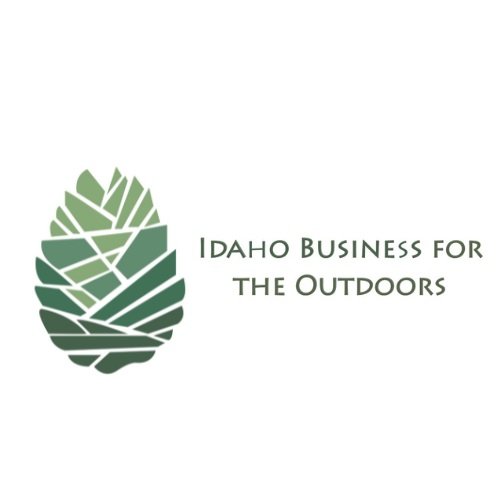Valuing Idaho's Public Lands
What are Idaho’s public lands worth? Idaho Business for the Outdoors and its members value public lands as one of our nation’s and state’s greatest assets. They are the places so many of us are turning to during this pandemic, but they are also drawing investments, and attracting and retaining businesses and employees drawn to the quality of life Idaho's outdoors and public lands support. However, for some of our rural Idaho counties and legislators, where public lands dominate their jurisdiction, these lands which surround communities without generating property taxes to support local infrastructure and services, can seem like a burden. Currently, there are calls at both the state and national level to look at how we value public lands and compensate counties comprised largely of public lands.
Over the last few years we have seen increased pressure by local government and representatives in Congress to reevaluate the calculation method for the current value of land under different land use scenarios as they relate to Payment In Lieu of Taxes, (PILT) for Idaho counties. The question at hand is how much funding Idaho counties should be receiving from the federal government for public lands that lie within rural counties to support roads, schools and other vital services. Over the last two years this issue has been brought up during the legislative sessions in Idaho. Currently under review is House Concurrent Resolution 8. According to the resolution, the state Federalism Committee would use “pilot technologies providing an objective standard to evaluate and appraise federal lands in real time to determine the fair taxable reimbursement value of federal lands.”
The resolution would put in place a state-level methodology to place a taxable reimbursement value on federal lands, the result of which would increase federal payments to rural counties. PILT currently does not consider the taxable value of land as part of its payments. Instead it looks at population, eligible land and how payments are passed on to local government. More on PILT Calculations can be found by clicking here.
Idaho is not alone in raising this issue. Stakeholders in multiple Western states are also exploring methods for closing the gap between the cost of maintaining infrastructure and services in rural counties and what PILT currently allocates, potentially leading to a better solution. Recently, Senator Mike Lee from Utah and U.S. Senators Mike Crapo and Jim Risch introduced the Making Obligations Right by Enlarging Payments in Lieu of Taxes Act, or MORE PILT Act. This bill would direct the Secretary of Interior to build a model, conduct a study or economic analysis, and issue a report to determine the value of federal land eligible for payment under PILT. “Without a property tax base, and with woefully inadequate PILT payments, Western states and communities struggle to fund their schools, infrastructure, and vital community services,” said Sen. Lee. “This bill will help ensure that PILT payments more accurately reflect the lands’ value, so that the citizens of our public lands states have the means they need to both survive and thrive.” Whether the proposed bill stands the test of serving local governments while protecting the future of our state's and nation's greatest public assets is bearing some scrutiny.
Idaho's rural counties are the gateway to the resources held in our public lands. A stable source of funding that will adequately support their needs is in everyone's interest. As we know, the long term benefits and values of our public lands in terms of jobs, revenues, investments and wellness benefits for Idahoan's in all parts of the state depend on their preservation. The proposed updating of the PILT option in Congress holds promise for several states. However, placing a dollar value on public lands is an approach that PILT avoids, because of the varied stakeholder interests. A closer look at more solutions that will serve our rural counties and future generations is the best approach.
